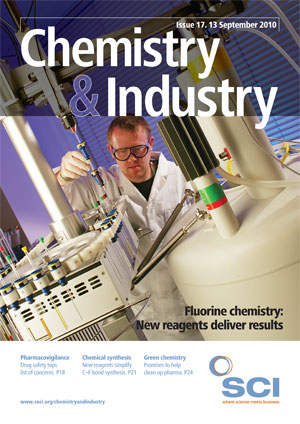Stem cell science suffered a serious setback in August after a US federal court judge blocked government funding for research into embryonic stem cells. The ruling could cause ‘irreparable damage’ and delay potential breakthroughs for serious diseases and conditions such as spinal cord injury, says Francis Collins, director of the National Institutes of Health (NIH).
The judge, Royce Lamberth from the US District Court of Columbia, ruled that the use of embryonic stem cells contravenes the Dickey-Wicker amendment, which prohibits federal money being spent on any research that destroys embryos for research purposes.
‘The injunction threatens to stop progress in one of the most encouraging areas of biomedical research, just as scientists are gaining momentum – and squander the investment we have already made,’ warned Collins in a statement released after the decision. The case will now proceed to the appeals court in a bid to overturn the ruling.
The battle over embryonic stem cell research has intensified in recent years, with some religious groups strongly opposing their use. In 1999, the Clinton Administration allowed surplus IVF embryos that would otherwise be destroyed to be used on condition that they were obtained with private funds and there was no cash incentive. The regulations were later tightened by former president George W. Bush, preventing the creation of new stem cell lines, but allowing funding for the ones that already existed. In 2009, US president Barack Obama issued an executive order that removed the restriction on developing new stem cell lines.
Lamberth ruled that all research derived from embryonic stem cells was in breach of the Dickey-Wicker amendment, putting in place an immediate injunction that has already forced some labs to shut down days after the ruling. However, not everyone will be affected equally. David Schaffer, co-director of the Berkeley Stem Cell Center, says stem cell researchers in California are fortunate. ‘We have the California Institute of Regenerative Medicine (CIRM), which was set up during the Bush Administration to address this very problem – that federal funding for stem cell research is very uncertain.’ The CIRM was established in November 2004 after a state-wide ballot approved $3bn of funding for Californian universities and research institutions for stem cell research. The other 49 states will have to wait to see if the ruling is upheld in the appeals court.





